

All the photos have copyrights
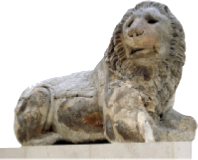
Cnidos was built partly on the mainland and partly on the Island of Triopion or Cape Krio. in ancient times it was connected to the mainland by a causeway and bridge. Today the connection is formed by a narrow sandy isthmus. By means of the causeway the channel between island and mainland was formed into two harbours, of which the larger, or southern, was further enclosed by two strongly-built moles that are still in good part entire.
The extreme length of the city was little less than a mile, and the whole intramural area is still thickly strewn with architectural remains. The walls, both of the island and on the mainland, can be traced throughout their whole circuit; and in many places, especially round the acropolis, at the northeast corner of the city, they are remarkably perfect. The first Western knowledge of the site was due to the mission of the Dilettante Society in 1812, and the excavations executed by C. T. Newton in 1857-1858.The agora, the theatre, an odeum, a temple of Dionysus, a temple of the Muses, a temple of Aphrodite and a great number of minor buildings have been identified, and the general plan of the city has been very clearly made out. The most famous statue by Praxiteles, the Aphrodite of Knidos,was made for Cnidus. It has perished, but late copies exist, of which the most faithful is in the Vatican Museums.
Knıdos Lion
Cnidian Aphrodite
Pictures from Cnidos
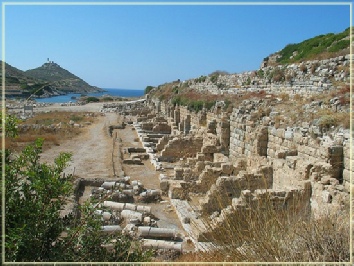
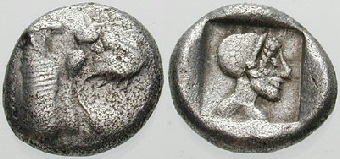
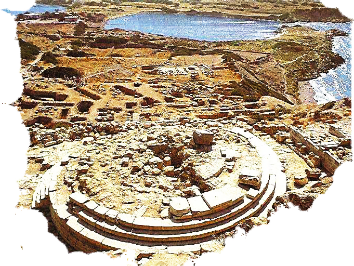
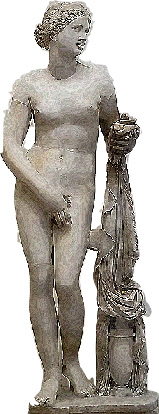
| Bodrum |
| Bodrum Map |
| Theatre |
| Ancient Monuments |
| Mausoleum |
| Myndos Gate |
| Maritime Museum |
| Ottoman Monuments |
| Zeki Muren Museum |
| Bodrum Trips |
| Museum Sections |
| Shopping Dining |
| Mausoleum Museum |
| Mausoleum 2 |
| Shopping |
| Shopping2 |
| Dining |
| Restaurants |
| Airport |
| Restaurants2 |
| Latmos Paintings |
| Spanish Church |
| Italian Tower |
| French Tower |
| British Tower |
| Germain Tower |
| History of the Castle |
| Knights of John |
| Snake Tower |
| Coats of Arms |
| Coat of Arms |
| Underwater Archaeology |
| Amphora Park |
| vı.century wreck |
| East Roman Wreck |
| Glass Wreck |
| Glass Hall |
| Carian Princess |
| Gelidonya Wreck |
| Uluburun Wreck |
| Tektas Wreck |
| Underwater Archaeology1 |
| Underwater Archaeology2 |
| Peter Throcmorton |
| Uluburun 2 |
| Uluburun 3 |
| Gumbet |
| Bitez |
| Ortakent |
| Turgutreis |
| Gumusluk |
| Yalikavak |
| Yalikavak2 |
| Gundogan |
| Golkoy |
| Turkbuku |
| Torba |
| Yaliciftlik |
| Mumcular |
| Gumusluk2 |
| Milas |
| Pedasa |
| Iassos |
| Stratonikea |
| Alinda |
| Alabanda |
| Euromos |
| Heraklia |
| Aphrodisias |
| Labranda |
| Cnidos |
| Didyma |
| Miletus |
| Priene |
| Magnesia |
| Ephesus |
| Pamukkale |
| Stratonikea2 |
| Restaurants |
| Entertaining |
| Night Life |
| Bodruım Hotels |
| Art Galleries |
| Banks |
| Transportation |
| Health |
| Taksi Service in Bodrum |
| Rent a villa |
| Bodrum restaurants |
| Ortakent |
| Bitez |
| Night Clubs |
| Cafe Bars |
| first floor |
| ground floor |
| Rent a villa Turgutreis |
| Yesilyurtlular_Holiday_Village |
| yesilyurtlular villa |
| Yalikavak mansion |
| towerhouse |
| Yalikavak Mansion 2 |
| yalikavak villa |
| yalikavakvilla2 |
| towerhousemap |
| Page 197 |
| Stratonikea2 |